Libellula angelina, a critically endangered dragonfly species, which is losing its habitat to urbanization in East Asia, has recently been found in Beijing. Experts said the species is as rare as the Chinese sturgeon and the Yangtze River dolphin, and has reached an even higher endangered level than that of giant panda, according to Xinhua News Agency.
A low-spotted dragonfly was discovered in Beijing for the first time when the water ecological health monitoring team from the Haidian District Water Authority was conducting an aquatic insect survey along the shores of Shangzhuang Reservoir early this May.
After re-examination and identification by experts from the Beijing Forestry University, it was finally confirmed as libellula angelina, also known as bekko tombo, which is listed as critically endangered in the International Union for Conservation of Nature (IUCN) Red List Categories.
The bekko tombo in the family of Libellulidae is a relatively large species and characterized by colored spots on its wings. It typically inhabits low-altitude river, lake and wetlands.
An adult dragonfly has a body length of 28 millimeters and a wingspan of 60 millimeters. Its body usually presents the color of yellow-brown to dark brown, or sometimes lighter in color. Most males turn out to be blue-black. It has distinct colored spots at the base, middle, and tips of its wings.
The bekko tombo used to widely distributed across North China and East China.
However, a thesis on the list and geographic distribution of Odonata (Dragonflies and Damselflies) in Beijing published in 2011 said that the bekko tombo may have already become extinct in Beijing.
According to Shi Hongliang, an associate professor from the College of Forestry of Beijing Forestry University, the bekko tombo requires a still water environment in small bodies of clean water. Previously, rice paddies and small lakes were the dragonfly's ideal habitats. However, with the acceleration of urbanization, farmlands and naturally formed small lakes have gradually decreased or disappeared, leading to the loss of its habitat in urban areas.
When faced with habitat reduction in plain areas, other rare dragonfly species often choose to fly into mountainous regions to find new habitats. However, the bekko tombo has a poor ability to adapt to new environments and limited capacity for population migration. This makes them more vulnerable to environmental pressures, which is a major reason for their critically endangered status quo, Shi said.
The current endangered status of the bekko tombo is even higher than that of the well-known national treasure giant panda, and it shares the same endangered level as the Chinese sturgeon as well as the Yangtze River dolphin, which are both first-class protected animals in China, according to Chen Qiankuo, head of the water ecological health monitoring project of the Haidian District Water Authority.
When the IUCN assessed the status of the bekko tombo, the union estimated that there were fewer than 5,000 individuals of the species remaining. The IUCN also noted that the global population of this species is declining year by year, emphasizing the significance of conserving the natural habitats of the rare species of dragonfly, Chen said.












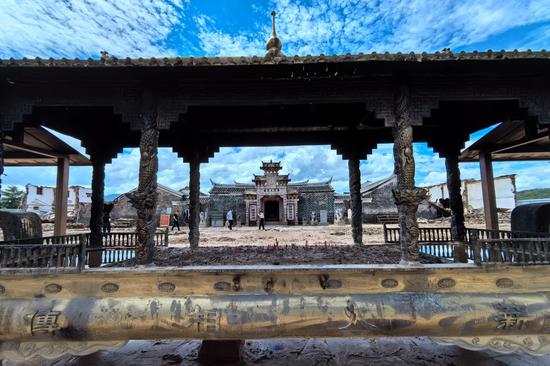

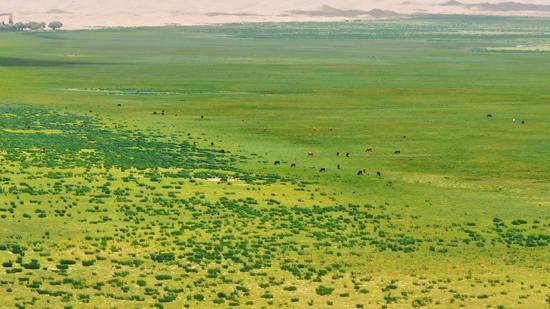






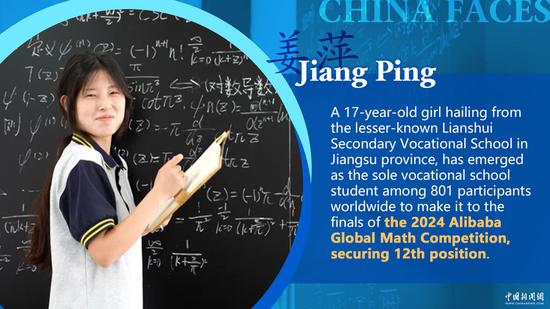
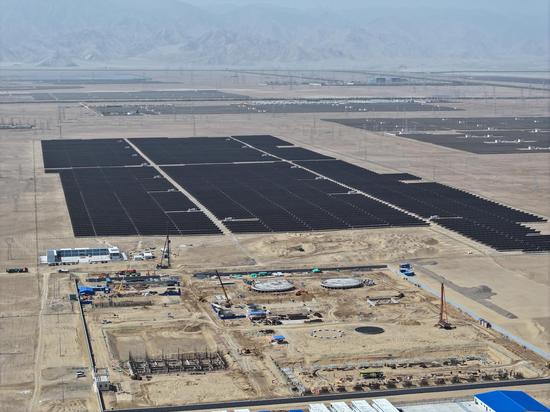




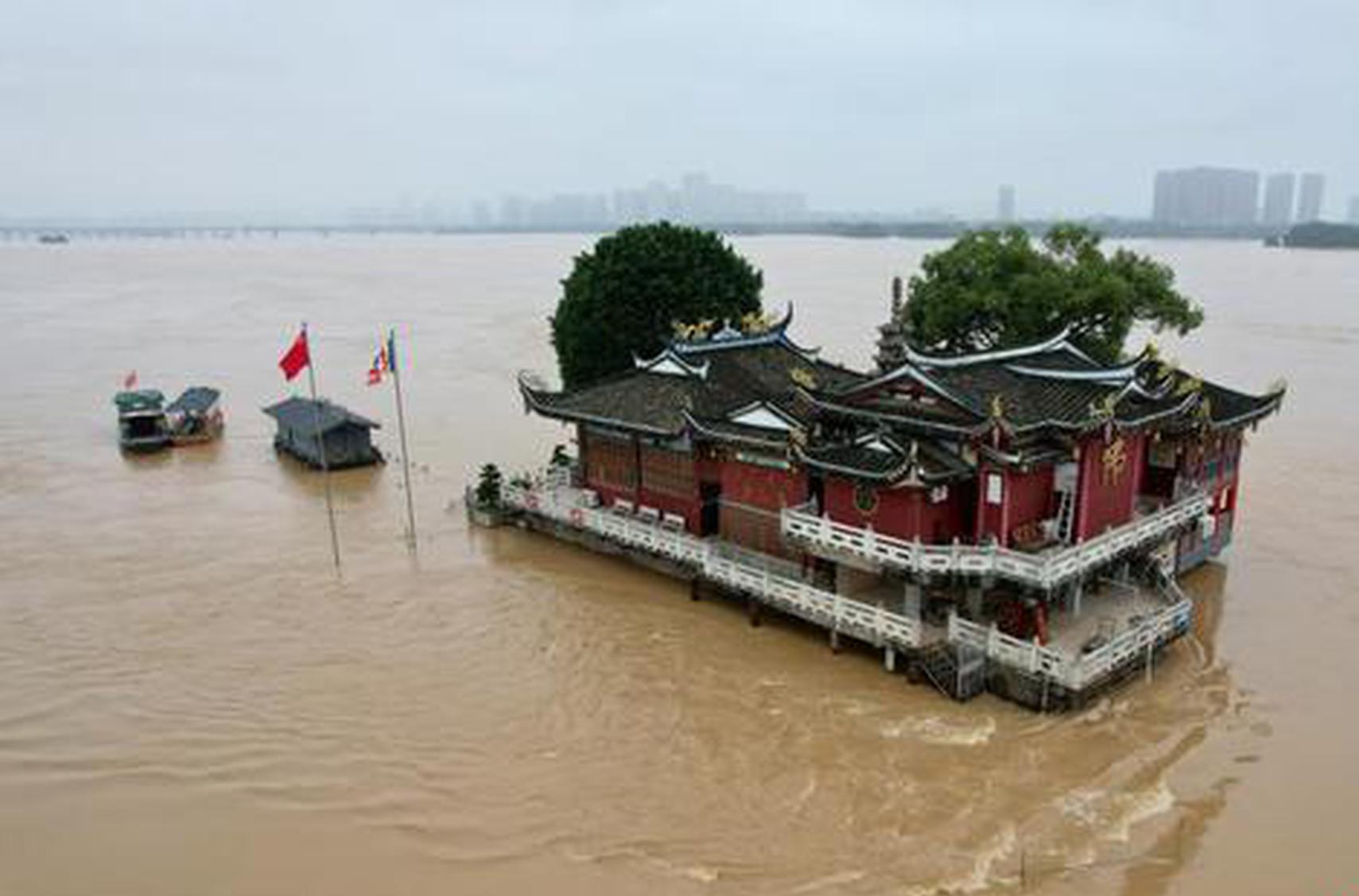
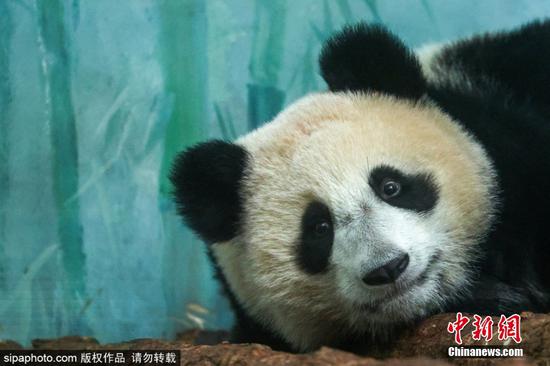
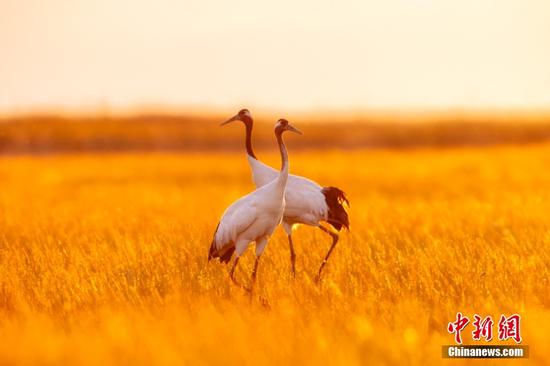

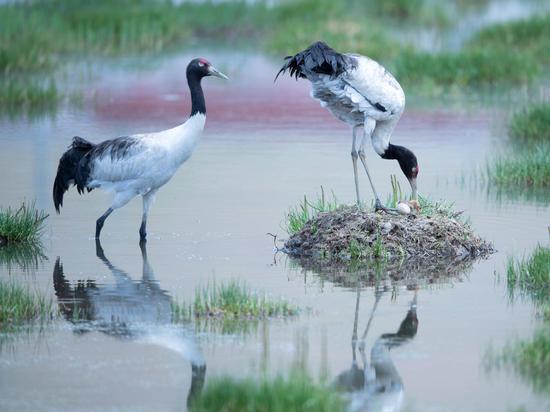
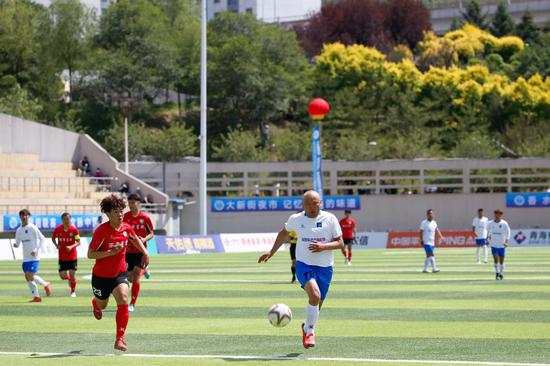

















 京公网安备 11010202009201号
京公网安备 11010202009201号